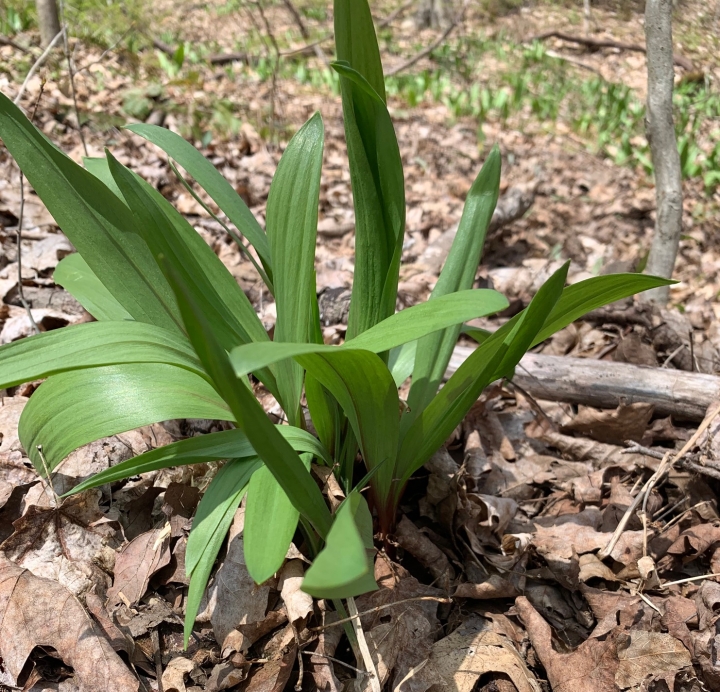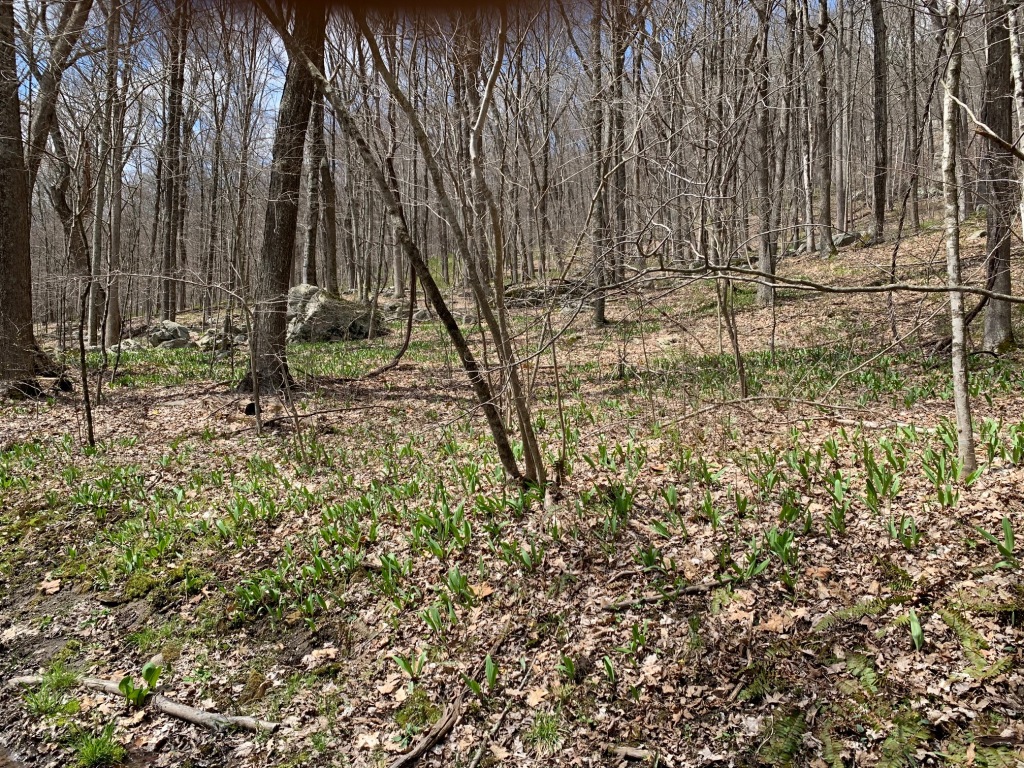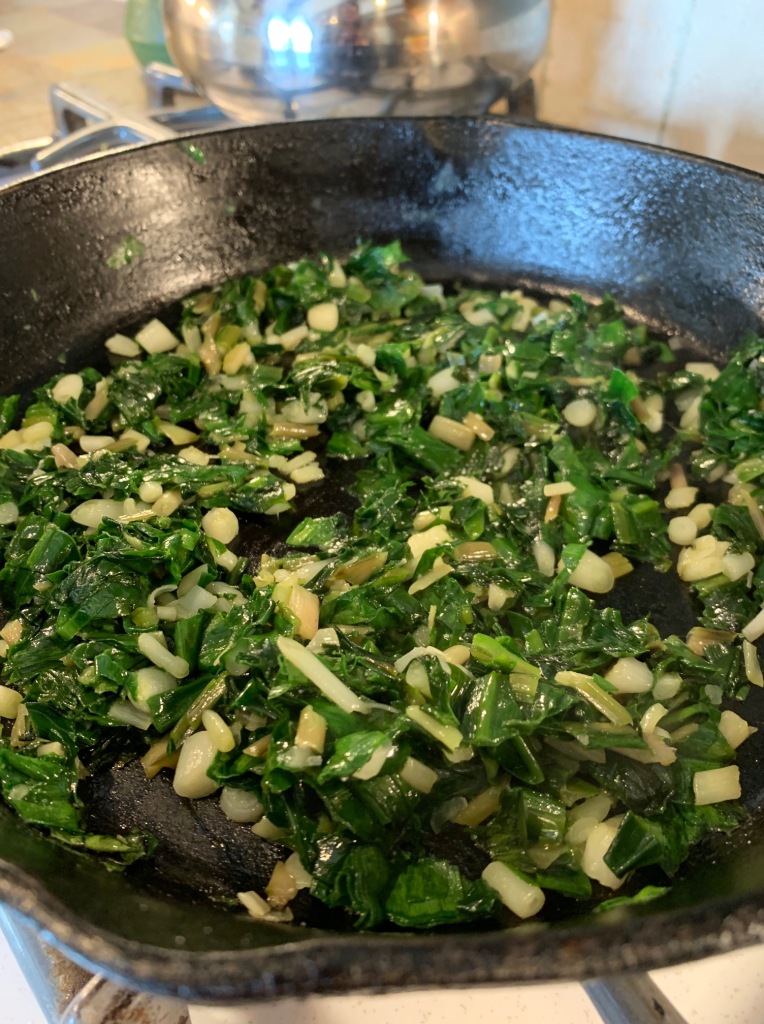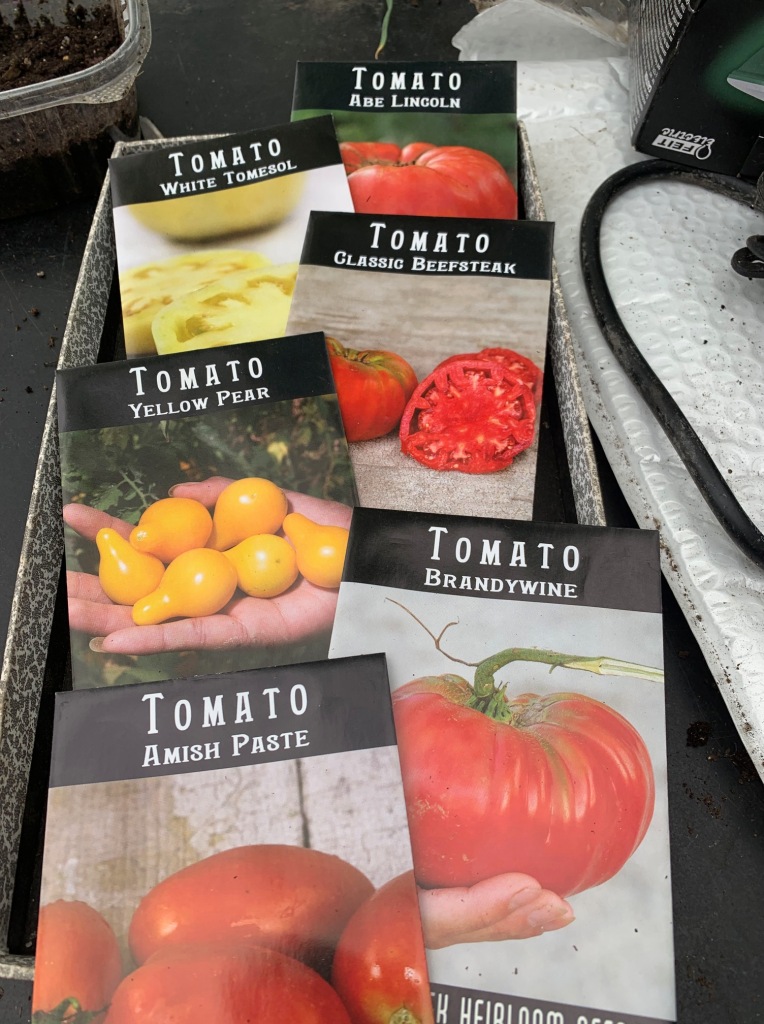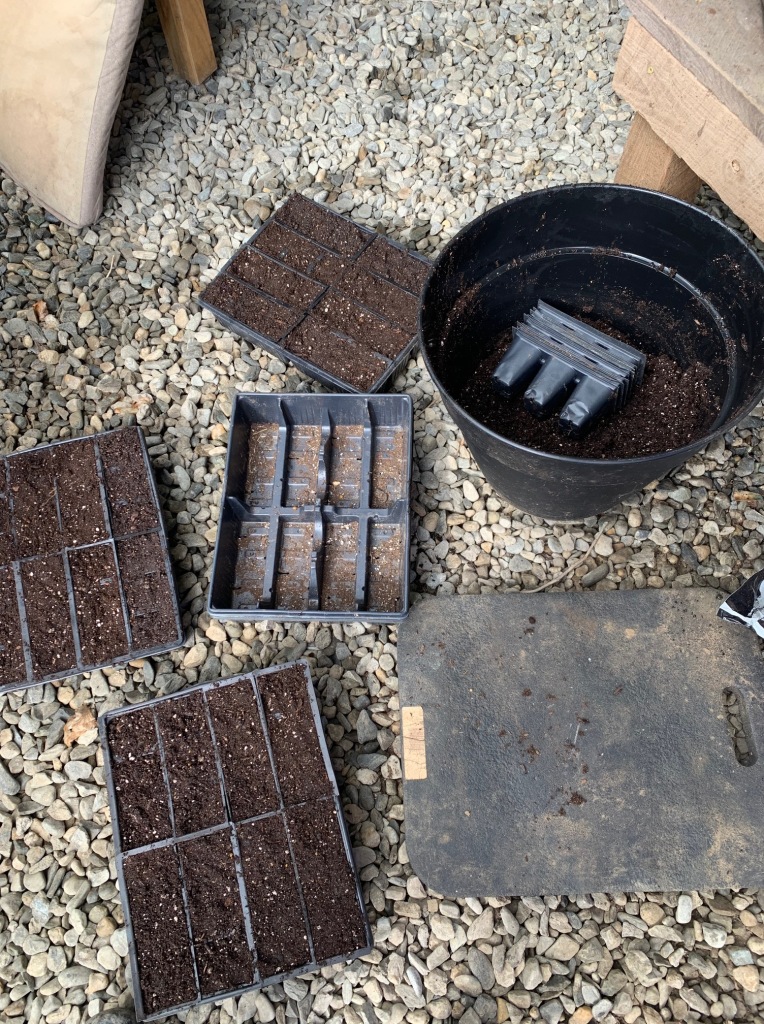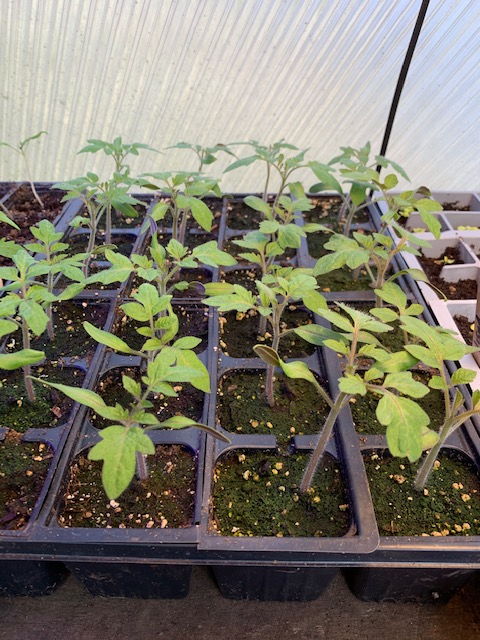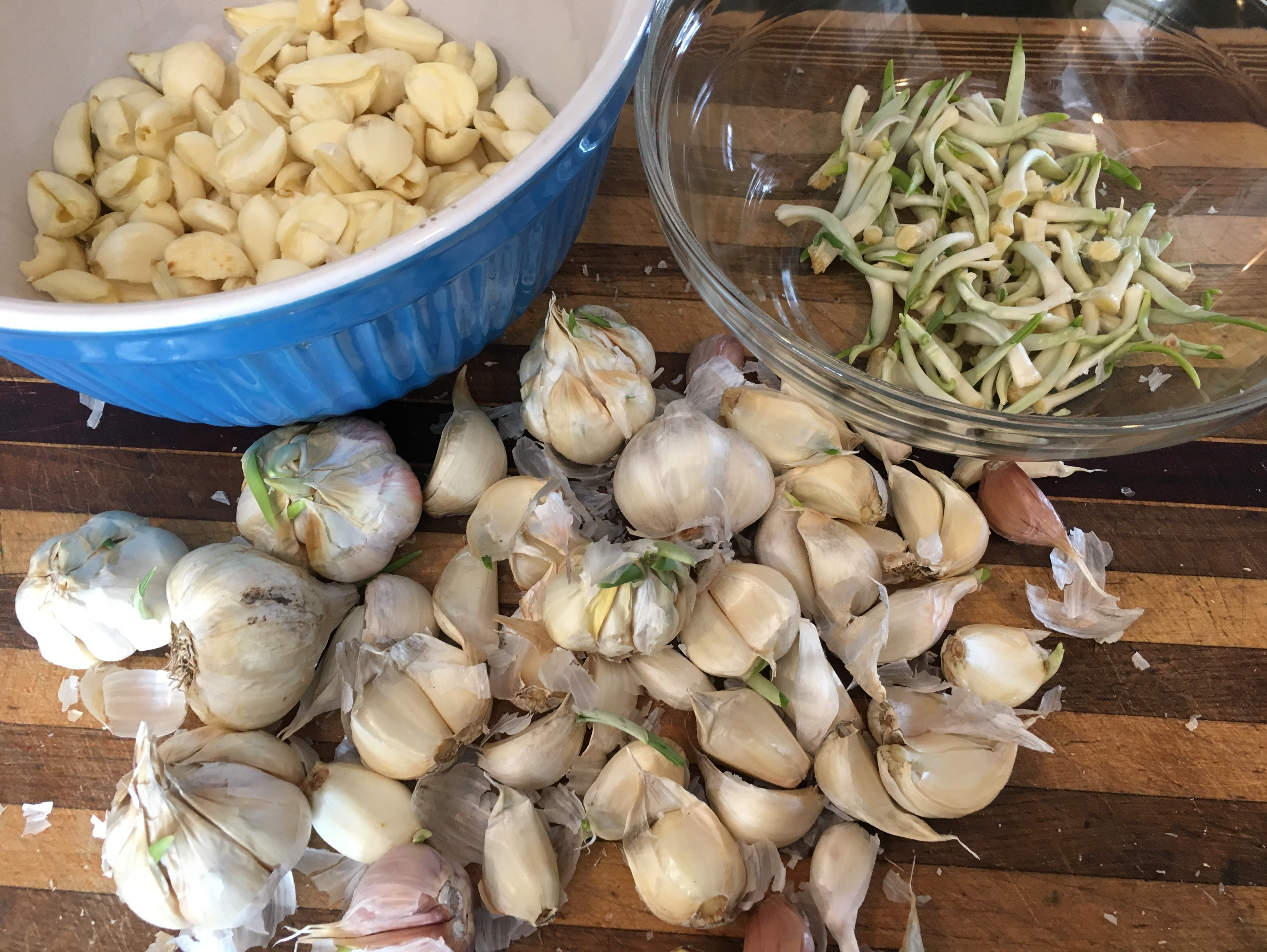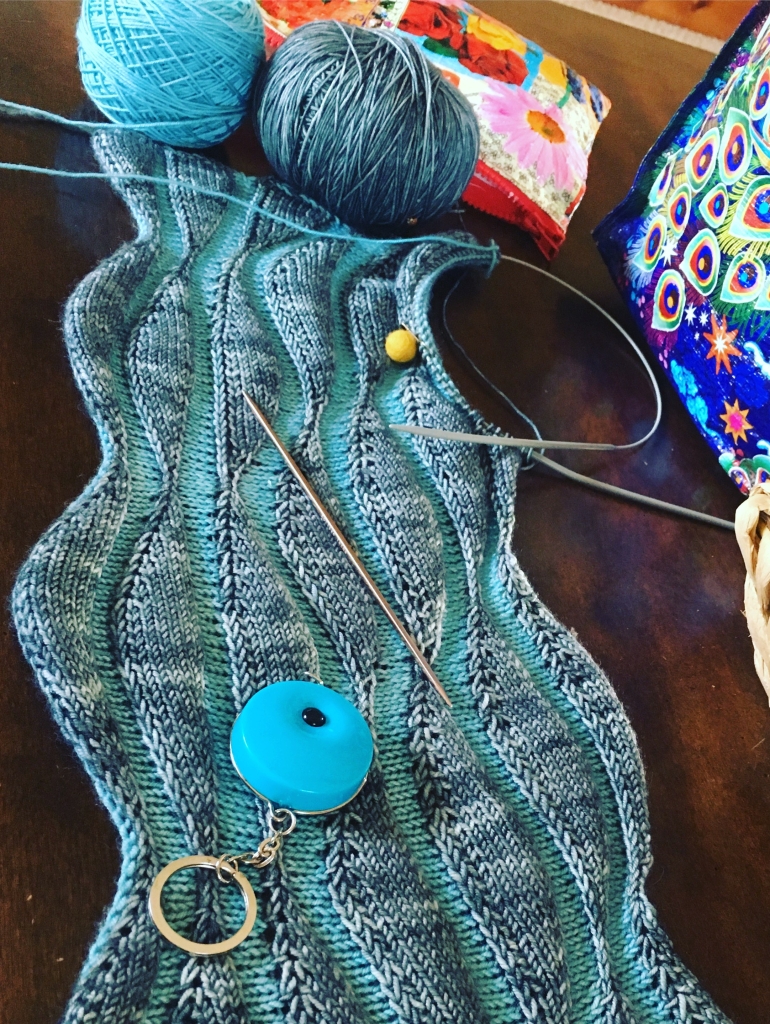Hey folks!
So, I just happened to take a look at my blog the other day. I haven’t paid attention to it in ages. It was one of those dumb things where I looked at my phone at five o’clock in the morning (never a good idea), got a notification from twitter, remembered a tweet that I had replied to, tried to search for it, opened my profile, saw the blog link and clicked on it. Click click click. Down the rabbit hole. Just for fun, I clicked on archives, and re-read a post from January 2019. It was about how there is nothing to do in the garden in January. I had good laugh at that one. Prophetic. There hasn’t been much to do for about a year besides bear witness to a deranged commander in chief, (I’ve developed a love/hate relationship with reality tv, i.e. the news) and learn how to avoid just about everyone. Anyway, the point is that in that blog post, I told you I was going to start a novel. Two years ago. Remember?
Well guess what? I actually did it!
Maybe I shouldn’t be surprised. Like I said, I didn’t have much else to do. But before you all rush over to Amazon and search for my book, (I hope you will be doing exactly that very soon, it’s called Bridge to Eden, but before you do) please understand there is a whole heck of a lot more to writing novels than you might think. Than I thought. Writing the damn thing is only half the battle. Not even half.
First you write it.
Then you edit it.
Then you edit it again.
Then you have beta readers read it, edit it, and comment for, well, everything. Pacing, consistency, plot structure, character development, subtext, foreshadowing, sentence structure, voice. Tone, symbolism, setting, point of view, story arc, conflict. Did I say pacing? Then you rewrite. Then you edit.
Then you hire an editor, and wait. And wait. Then, when she has sliced your novel to bits with her pen in order to reconstruct it in a better way, you do all that first stuff again. Torture.
Then, when you have done all that, and it’s the absolute best writing you can do, you are ready to query. But even before you query, you must learn the correct way to query. It’s different for different for every agent, mind you, and might include a synopsis, a biographical statement, including accolades and other published works, and anything at all you can use to prove that someone else might want to read your story too.
A note about the query letter. This letter must be the best three paragraphs of your life, because if you don’t utilize every single word to hook your agent, (you know, the one you researched, whom you follow on twitter, you like all their posts on FB, know their dog’s name, their favorite ice cream, the one you basically stalk), then you will never get published. Then, once you have queried an agent, and your three paragraphs were interesting enough for them to request the whole manuscript, you wait. Months. For them to get around to actually reading it. Torture.
Then, if you actually get someone on the hook, if you happen to be the lucky winner whose manuscript just happened to land on an agent’s desk the very minute they decided they needed a philosophical speculative dystopian upmarket book club (not quite literary) possibly YA, with elements of LGBTQ, generational bonds and mental illness, well, then, they might just offer to represent you. Then you work with another editor. THEN, if a publisher bids on your novel, they will offer you a paltry sum to publish your blood, sweat and tears into an actual book. And because it’s your first novel and you don’t know any better, you are insanely happy.
Now, before you start to think that I’m already insanely happy, I’m not. I’m still in the torture stage. All I did was finish the novel (and some of the editing). I have a long, long way to go before you can buy it on Amazon. But this brings me to my point.
Eat the Season is now just called Delicate Balance (the URL hasn’t changed, though) and here, along with interesting garden tidbits, recipes, and random thoughts on life, I will be talking about my writing. And maybe posting some actual writing. Hope you don’t mind.
As always, I’d love to hear from you, about your experiences writing, or knitting, or gardening, or cooking, or anything else you want to talk about. Check in. I miss my peeps.

